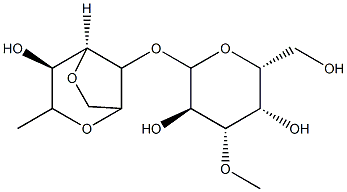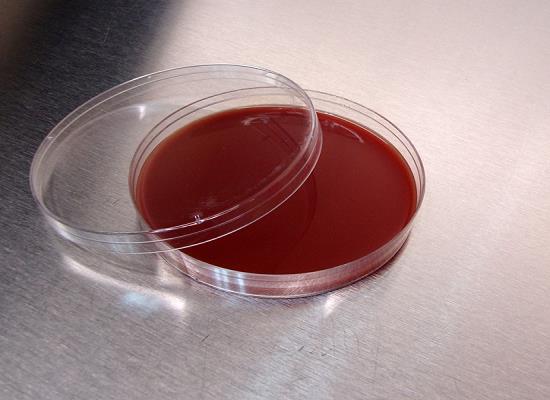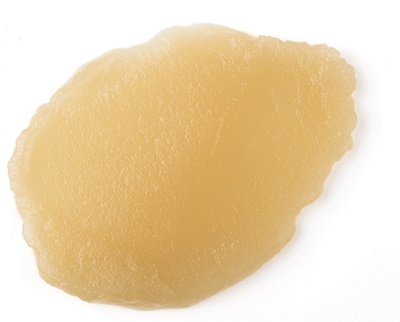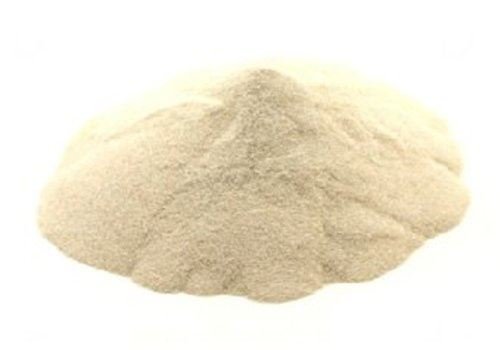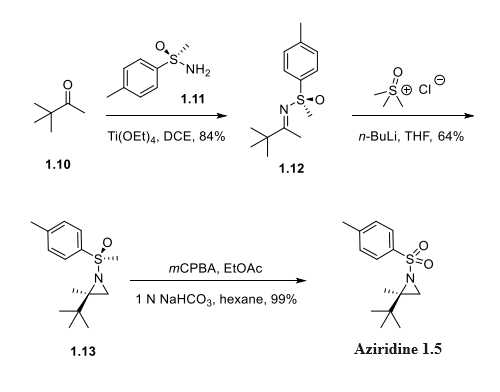Agar-based edible films for food packaging applications
General Description
Agar, extracted from marine red algae, can be used as a polymeric matrix to create edible films. Its gelling ability allows for the formation of a thermoreversible gel, which can be cast into films. However, pure agar films have limitations such as brittleness and high water sensitivity. To overcome these limitations, various components can be incorporated into agar films, including plasticizers and biopolymers. Plasticizers improve flexibility but may affect other properties such as tensile strength and water vapor barrier ability. Biopolymers can alter the functional properties of agar films, but careful consideration is required to avoid negative effects. Overall, incorporating different components enhances the properties and expands the potential applications of agar-based edible films.
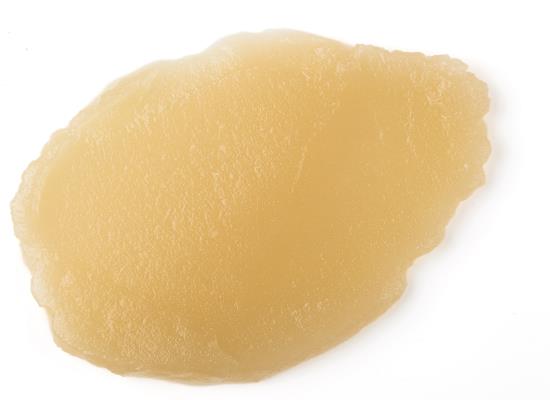
Figure 1. Agar
Agar as a polymeric matrix for creating edible films
Agar, extracted from marine red algae, is a polysaccharide that can be used as a polymeric matrix to create edible films. Agar is composed of agaropectin and agarose, with agarose being the gelling fraction responsible for forming a thermoreversible gel. Agar is commercially sourced from Gelidium sp. and Gracilaria sp., which are marine red algae. The extraction process involves soaking dry algae in boiling water to detach the agar gum, sieving the liquid extract, and separating the gum from the water using freezing and thawing techniques. Alkali treatment can also be applied to improve the gelation ability of agar. However, it may have negative effects on the properties of the films made from agar. Agar has excellent film-forming properties due to its gelling ability. A viscous fluid is formed by dissolving agar powder in hot water, and upon cooling below the gelling temperature, a thermoreversible gel is formed. During the film-forming process, the agar solution is cast onto a surface at a temperature higher than the gelling temperature to prevent premature gelation. The nonionic and linear structure of agarose allows its molecules to form a continuous strong film network that can be peeled off in one piece. Agar films possess desirable characteristics such as transparency, heat sealability, biodegradability, and the ability to interact with bioactive substances. However, pure agar films have some limitations, including brittleness, low elasticity, poor thermal stability, high water sensitivity, and high water vapor permeability. To overcome these limitations, agar can be combined with other substances such as biopolymers, hydrophobic materials, plasticizers, nanoparticles, and antimicrobial agents to create composite films with improved functional characteristics. By combining different materials, the properties of agar films can be enhanced, expanding their potential applications in the field of edible films and food packaging. 1
Different components incorporated into agar films
Plasticizers
Plasticizers are commonly used in edible films made of biopolymers, such as agar, to overcome their inherent brittleness and stiffness. These plasticizers are small, non-toxic, biodegradable, and non-volatile molecules that are added to the film structure. They situate between polymer chains, reducing cohesion forces and effectively decreasing brittleness and the glass transition temperature of the film. Additionally, they enhance flexibility, extendibility, processability, and can even reduce production costs. Research has shown that adding glycerol to agar films can significantly improve their elasticity. However, it can negatively impact tensile strength, tear strength, tear fracture energy, and water vapor barrier ability. The water vapor transmission rate of agar films containing glycerol may be higher compared to pure agar films due to changes in the polymer network, including the formation of mobile regions and microcavities. In addition to traditional plasticizers, new alternatives have been explored to enhance the properties of agar-based films. For example, the eutectic mixture of choline chloride and urea has been found to be a non-toxic, cost-effective, and eco-friendly plasticizer that improves elasticity and mechanical resistance, even at low agar concentrations. Choline chloride-based ionic liquid analogs have also been investigated as potential plasticizers and solvents for agar-based edible films. Overall, plasticizers play a crucial role in improving the properties of agar films, balancing their flexibility and barrier abilities. 2
Biopolymers
Agar films are a type of biopolymer film that can be blended with other biopolymers to alter their functional properties. The resulting characteristics of the films are determined by the types of macromolecules used and their interactions. Three types of structures can be formed based on these interactions: single-phase, two-phase separation, and dispersion. Different proteins and polysaccharides have been incorporated into agar films for various purposes, such as cost reduction, antimicrobial activity enhancement, improvement of mechanical, thermal, and barrier properties of the films, and addition of nutritional value. However, blending biopolymers with agar may have negative effects on some characteristics of the agar films. Therefore, it is important to carefully consider the type and intensity of interactions between different biopolymers when blending them with agar films, in order to achieve the desired functional properties without compromising the overall quality of the films. 3
Reference
1. Mostafavi FS, Zaeim D. Agar-based edible films for food packaging applications - A review. Int J Biol Macromol, 2020, 159: 1165-1176.
2. Gheribi R et al. Development of plasticized edible films from Opuntia ficus-indica mucilage: A comparative study of various polyol plasticizers. Carbohydrate polymers, 2018, 190: 204-211.
3. Mostafavi FS et al. Preparation and characterization of tragacanth–locust bean gum edible blend films. Carbohydrate polymers, 2016, 139: 20-27.
);You may like
Related articles And Qustion
See also
Lastest Price from Agar manufacturers
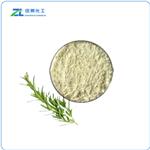
US $120.00-65.00/kg2024-04-27
- CAS:
- 9002-18-0
- Min. Order:
- 1kg
- Purity:
- 99%
- Supply Ability:
- 20ton
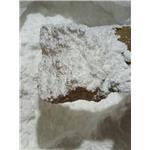
US $6.00/KG2024-04-23
- CAS:
- 9002-18-0
- Min. Order:
- 1KG
- Purity:
- More than 99%
- Supply Ability:
- 2000KG/MONTH
